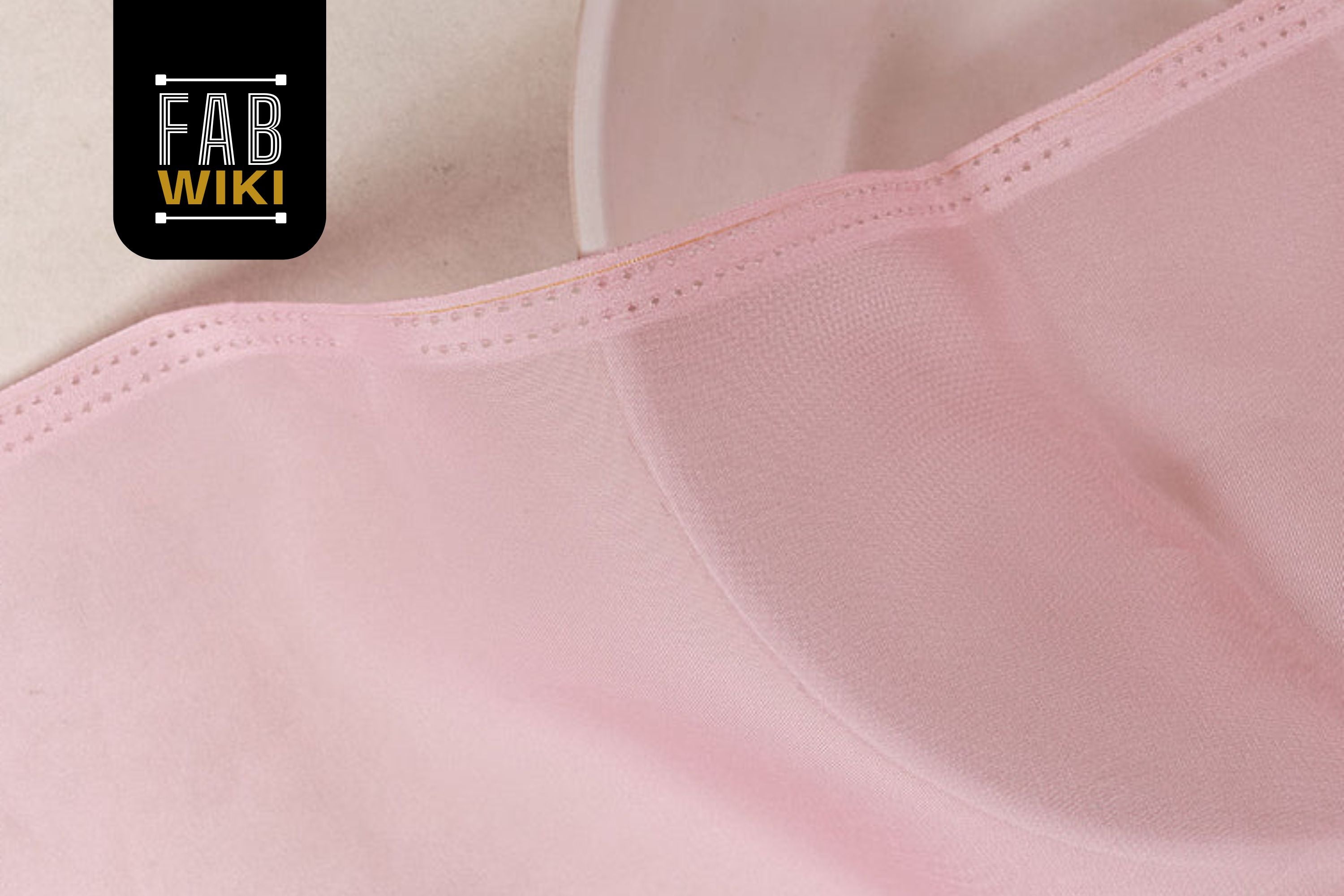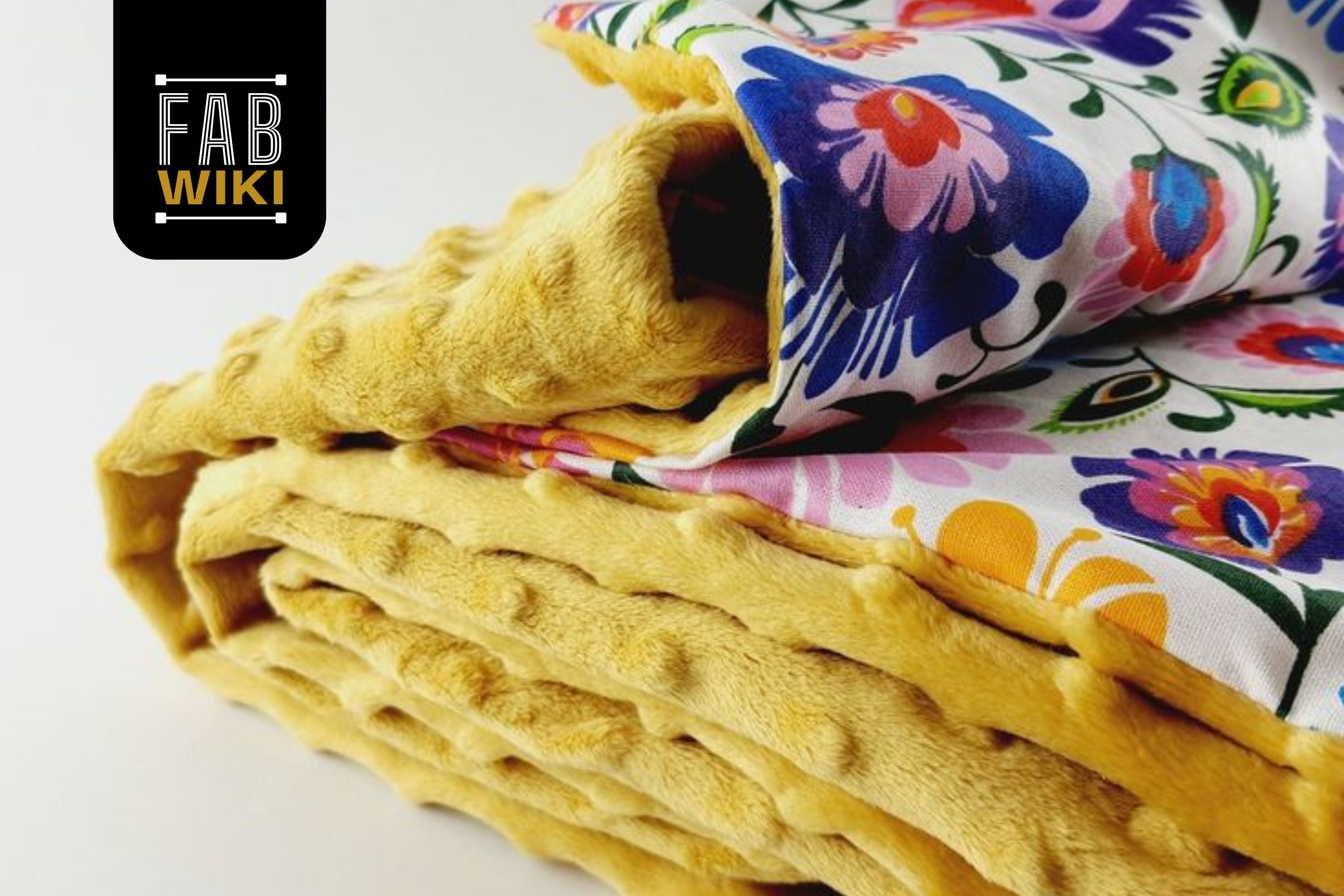Introduction to Viscose Crepe Fabric
- This fabric is popular in fashion and interior design due to its elegant drape and breathable properties.
- Viscose Crepe is slightly stretched and smooth, making it ideal for garments like dresses, skirts and blouses.
History of Viscose Crepe Fabric

- This fabric is an alternative to silk and became popular in the early 1920s.
- Viscose is a semi-synthetic fiber that was created in the late 1800s.
- When mixed with crepe, it became a very popular fabric from 1920 to 1930.
What is Viscose Crepe Fabric?

- Viscose Crepe Fabric is made from viscose fibers, which come from natural sources like wood pulp (such as bamboo, eucalyptus, or beechwood).
- "Crepe" refers to the fabric's crinkled texture, achieved by twisting the fibers or using high-twist yarn in the weave.
- Viscose is a type of rayon, a semi-synthetic fiber known for its softness, smooth finish and silk-like look.
- The crepe weave adds a unique textured appearance to the fabric.
Types of Viscose Crepe Fabric:
|
Type of Viscose Crepe |
Description |
|
Plain Viscose Crepe |
Soft and smooth with a light, wrinkled texture. |
|
Dyed Viscose Crepe |
Comes in many bright colors, still keeping the crinkly texture. |
|
Printed Viscose Crepe |
It has different patterns like flowers or shapes but keeps the textured feel. |
|
Stretch Viscose Crepe |
Mixed with stretchy material, making it more comfortable and flexible for tight clothes or active wear. |
What makes Viscose Crepe Fabric distinct from other fabrics?
- Feel of cotton with a look of silk.
- It has a distinctive texture that makes viscose crepe fabric stand out, thanks to the crepe finish.
- Glossy finish with texture surface.
- Creates unique drapes.
The Properties of Viscose Crepe Fabric

- Softness and Comfort: Viscose Crepe is soft, so it feels great against your skin. It's perfect for clothes like blouses, dresses and skirts.
- Drapability: This flows nicely, making clothes like gowns and blouses look smooth and elegant.
- Wrinkle Resistance: Even though it has a crinkled texture, it doesn't wrinkle easily, so it's easy to take care of.
How is Viscose Crepe Fabric Made?
|
Step |
Description |
|
Extraction of Cellulose |
Wood pulp is treated to get cellulose, the main material for viscose fibers. |
|
Dissolving the Cellulose |
The cellulose is mixed with chemicals to create a thick liquid. |
|
Spinning the Fibers |
The liquid is squeezed through tiny holes to form long fibers. |
|
Weaving and Texturing |
The fibers are woven into fabric using a crepe weave to give a textured look. |
|
Finishing |
The fabric is dyed, printed, or treated to achieve the desired color and texture. |
Viscose Crepe Fabric vs. Other Fabrics:
|
Fabric Comparison |
Viscose Crepe |
Other Fabric |
|
Silk Crepe |
Affordable, easy to care for, with a similar look to silk. |
Silk is smoother, shinier but more expensive and delicate. |
|
Polyester Crepe |
Soft, breathable and comfortable for long wear. |
Polyester is durable, wrinkle-resistant and cheaper but less breathable. |
|
Cotton Crepe |
Flows nicely, wrinkle-resistant and comfortable. |
Cotton is breathable but wrinkles more easily and doesn't flow as well. |
The Benefits of Choosing Viscose Crepe Fabric
- Viscose offers a luxurious look at a fraction of the cost of silk.
- Additionally, eco-friendly viscose options, such as LENZING™ ECOVERO™, are available, providing a sustainable alternative.
Common Uses of Viscose Crepe Fabric:
|
Category |
Common Uses |
|
Fashion |
Great for dresses, blouses, skirts and evening wear because of its flow and texture. |
|
Home Decor |
Used for curtains, cushions and upholstery to give a stylish look. |
|
Accessories |
Scarves and shawls made from it add a fancy touch to outfits. |
The Environmental Impact of Viscose Crepe Fabric
- Traditional viscose production uses harmful chemicals and causes deforestation.
- The process for making LENZING™ ECOVERO™ reduces waste and chemicals.
- Regular viscose production can harm the environment, causing water pollution and cutting down trees.
Where is Viscose Crepe Fabric Produced?

Viscose Crepe Fabric is mainly produced in countries that have easy access to wood pulp. The top producers of Viscose fiber and fabric are:
- China: The largest producer of viscose fibers and textiles.
- India: A major producer with a growing market for both fashion and home decor fabrics.
- Indonesia and Brazil: Also key players in viscose production.
If you're looking to source Viscose Crepe Fabric, Fabriclore is a reliable platform that offers a wide range of fabrics, including viscose options. Fabriclore is a great place for designers and businesses to find high-quality viscose fabrics for their collections.
The Future of Viscose Crepe Fabric
- More people want sustainable fabrics and Viscose Crepe is changing to meet that demand.
- The fabric industry is moving towards eco-friendly ways to make viscose.
- Designers will keep using it because it's versatile and has a beautiful drape.
Conclusion
Viscose Crepe Fabric is a great mix of style and practicality. It's affordable, soft, breathable and has a beautiful flow, making it a popular choice for designers, decorators and shoppers. As sustainability becomes more important, this is expected to become even more eco-friendly, ensuring it remains a top fabric choice for years to come.
Whether you're using it for your next outfit or home decor project, you can trust that Viscose Crepe will give you both style and comfort.
FAQ’s
Is viscose crepe good for summer?
Viscose Crepe is great for summer because it's light and breathable, keeping you cool in warm weather. It's perfect for summer dresses, blouses and skirts.
Does viscose crepe wrinkle easily?
No, Viscose Crepe doesn’t wrinkle easily. Its natural crinkled texture helps it stay smooth without much need for ironing.
What does viscose crepe feel like?
Viscose Crepe feels soft and smooth like silk. It drapes nicely and is comfortable to wear, with a unique crinkled texture.



Leave a comment
All comments are moderated before being published.
This site is protected by hCaptcha and the hCaptcha Privacy Policy and Terms of Service apply.